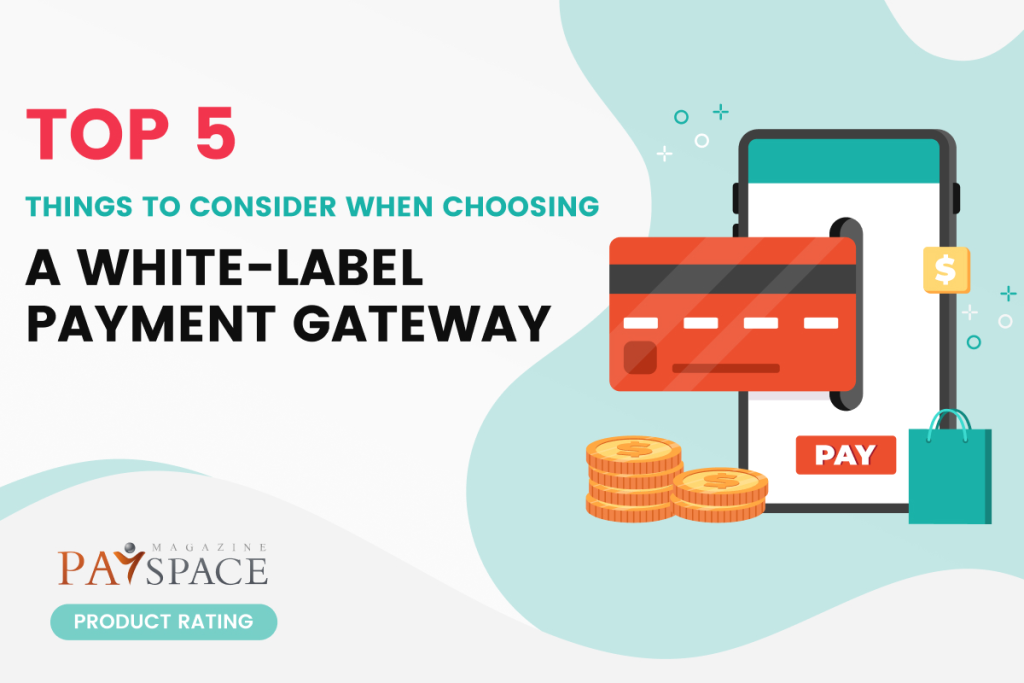A white tag cost model is an economic engineering answer that empowers organizations to provide printed cost companies without the necessity to develop the underlying infrastructure from scratch. Basically, it allows businesses to utilize a pre-built, customizable payment processing platform below their own brand. This approach significantly reduces the full time and assets necessary to start payment companies, allowing firms to target on their key competencies while delivering a smooth financial experience for their customers.
Among the primary benefits of a bright tag cost processor is their versatility. It caters to a wide selection of organizations, from startups to established enterprises, providing a scalable solution that changes to different deal quantities and organization needs. That flexibility allows companies to apply payment running solutions tailored for their unique market and client base.
Modification is really a key feature that distinguishes white label cost processors. Organizations can incorporate their marketing things, such as for example images and shade systems, into the consumer interface, creating a logical and branded cost experience. This not merely promotes company recognition but in addition fosters confidence among consumers who appreciate a steady and common screen throughout the cost process.
Yet another important facet of bright label payment processors may be the extensive room of characteristics they offer. From cost gateways and mobile cost answers to fraud detection and revealing instruments, corporations may entry a strong pair of functionalities without the complexities of developing and maintaining such abilities in-house. That width of functions guarantees that businesses may meet up with the diverse needs of the customers in the fast changing landscape of digital payments.
Integration is easy with bright label payment processors, allowing corporations to embed cost functionalities directly into their present programs, websites, or cellular applications. This structured integration enhances consumer experience and reduces disruptions to the customer journey. Moreover, white tag answers frequently help many different cost practices, including charge cards, electronic wallets, and substitute cost options, ensuring businesses may focus on a broad customer base.
The cost-effectiveness of white tag cost processors is just a convincing factor for companies seeking to enter the cost control space. By preventing the high development and maintenance costs related to creating an in-house payment program, companies can spend sources more effectively, focusing on marketing, customer purchase, and organization expansion.
Risk administration and security are paramount in the financial segment, and white name cost processors prioritize these aspects. These options generally adhere to market requirements and conformity needs, ensuring that corporations and their customers are protected white label credit card processing fraud and information breaches. That responsibility to security is a must for building and maintaining rely upon the aggressive payment control landscape.

To conclude, bright brand payment processors symbolize a strategic alternative for companies seeking to capitalize on the growing need for electronic payment services. By leveraging these tools, firms may expedite their entry to the financial engineering field, differentiate their brand, and provide customers with a seamless, secure, and completely branded cost experience. While the digital economy continues to evolve, white label payment processors offer a pathway for corporations to stay competitive and revolutionary in the vibrant world of economic services.
